Our spy photographer source has photographed the next-generation Hyundai Kona undergoing cold-weather tests, and from these early images it appears that the B-segment crossover will grow slightly larger in exterior dimensions, though it is also likely to carry over much of the existing model’s shape.
One of the design cues that is likely to be carried over is the two-tier headlamp arrangement, with this development vehicle wearing camouflage that has cutouts for what is likely to be the slim, high-mount LED daytime running lights, as worn on the current, first-generation crossover.
More clues are present on this development Kona’s camouflage fabric, which suggest that the main headlamp units beneath the DRLs are about to be of a vertical arrangement in the coming second generation – such as on the Palisade and Tucson – as opposed to the horizontally-oriented set on the current model.
Less of the next-generation Kona’s rear end is visible compared to its front, though similarly the cutouts suggest that the lower tail lamp assemblies for the reverse lamps and indicators will also be vertically oriented compared to the horizontally laid out set on the first-generation Kona, while the main tail lamps higher up could remain as slim, horizontal items.

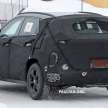
Our spy photographer source managed to grab a few images of the upcoming crossover’s interior; though much remains concealed, we can see that the steering wheel boss is now of a more squared-off, angular shape, while just beyond that appears to be a digital instrument panel that looks slightly closer to the wheel – and therefore the driver – and is no longer shrouded by a conventional instrument cowl.
Under its skin, the second-generation Kona is expected to continue to offer a choice of either petrol or fully electric powertrains. For the internal combustion-engined variants, an N Line version has been rumoured for the next Kona, which in facelifted first-generation guise, trades the black wheelarch cladding for a body-coloured finish, among other variations to its grille and bumpers.
The fully electric version of the next-generation Kona can be expected to build upon the specification of the current model, which is offered in Malaysia in three variants with batteries ranging from 39.2 kWh to 64 kWh. This yields operating ranges between 305 km and 484 km, where the base 39.2 kWh version brings a 136 PS/395 Nm motor, while the 64 kWh variant offers 204 PS and the same 395 Nm. For now, the second-generation Hyundai Kona is expected to make its debut in 2023.
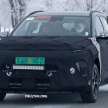
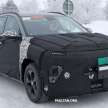

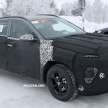
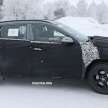
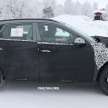
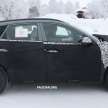


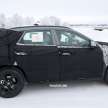
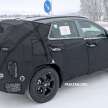
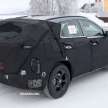
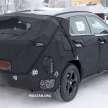
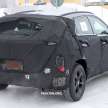
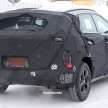
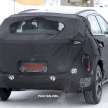
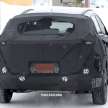

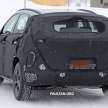

The post SPYSHOTS: 2023 Hyundai Kona on cold-weather test appeared first on Paul Tan's Automotive News.

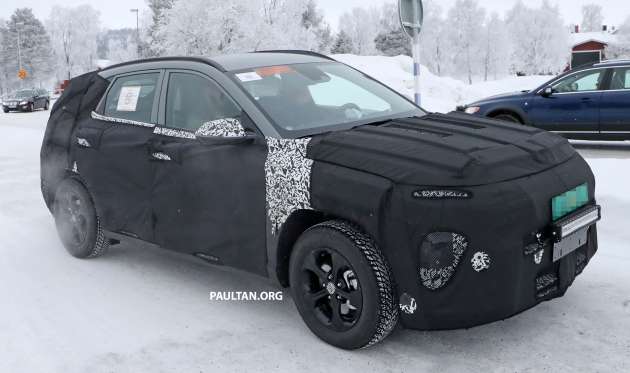
0 Comments